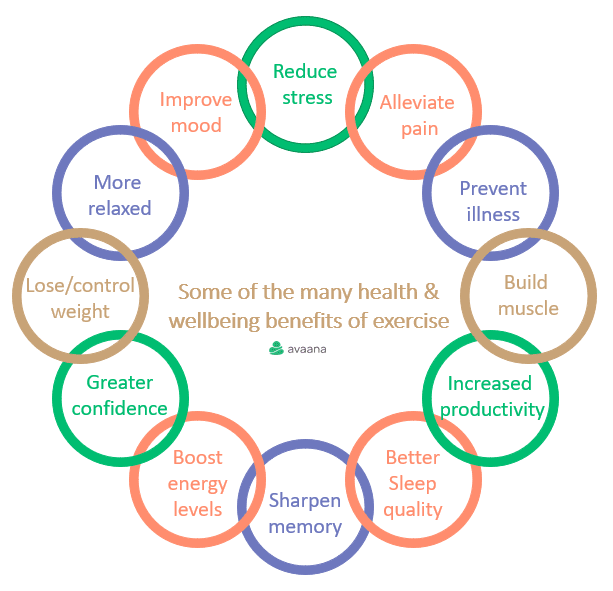The Definitive Guide for Clinical Exercise Physiology Program - Ball State University


Exercise Physiology Laboratory - Department of Kinesiology
The Only Guide for Exercise physiology - UpToDate
Glucose is then oxidized to pyruvate and under anaerobic conditions is minimized to lactic acid. This reaction oxidizes NADH to NAD, thereby launching a hydrogen ion, promoting acidosis. For this factor, fast glycolysis can not be sustained for long durations of time. Plasma glucose [edit] Plasma glucose is stated to be kept when there is an equal rate of glucose appearance (entry into the blood) and glucose disposal (elimination from the blood).

Exercise Physiology: Overview, Basic Concepts -- Sex Differences, Musculoskeletal System
Rate of glucose look is determined by the quantity of glucose being absorbed at the gut as well as liver (hepatic) glucose output. Although glucose absorption from the gut is not normally a source of glucose appearance during exercise, the liver can catabolizing stored glycogen (glycogenolysis) as well as manufacturing brand-new glucose from specific decreased carbon molecules (glycerol, pyruvate, and lactate) in a process called gluconeogenesis.
Unlike skeletal muscle, liver cells contain the enzyme glycogen phosphatase, which gets rid of a phosphate group from glucose-6-P to release free glucose. In order for glucose to leave a cell membrane, the removal of this phosphate group is essential. Although gluconeogenesis is a crucial part of hepatic glucose output, it alone can not sustain workout.
The 7-Second Trick For Applied Exercise Physiology Concentration at UB? - UB

Glucose disposal, the other side of the equation, is controlled by uptake of glucose at the working skeletal muscles. During workout, regardless of reduced insulin concentrations, muscle increases GLUT4 translocation of and glucose uptake. Keep Checking Back Here for increased GLUT4 translocation is a location of continuous research study. glucose control: As pointed out above, insulin secretion is minimized during exercise, and does not play a significant role in preserving regular blood glucose concentration throughout workout, but its counter-regulatory hormones appear in increasing concentrations.
All of these hormonal agents stimulate liver (hepatic) glucose output, to name a few functions. For example, both epinephrine and development hormone likewise promote adipocyte lipase, which increases non-esterified fat (NEFA) release. By oxidizing fats, this spares glucose usage and assists to preserve blood sugar level level during workout. Exercise for diabetes: Exercise is an especially potent tool for glucose control in those who have diabetes mellitus.
